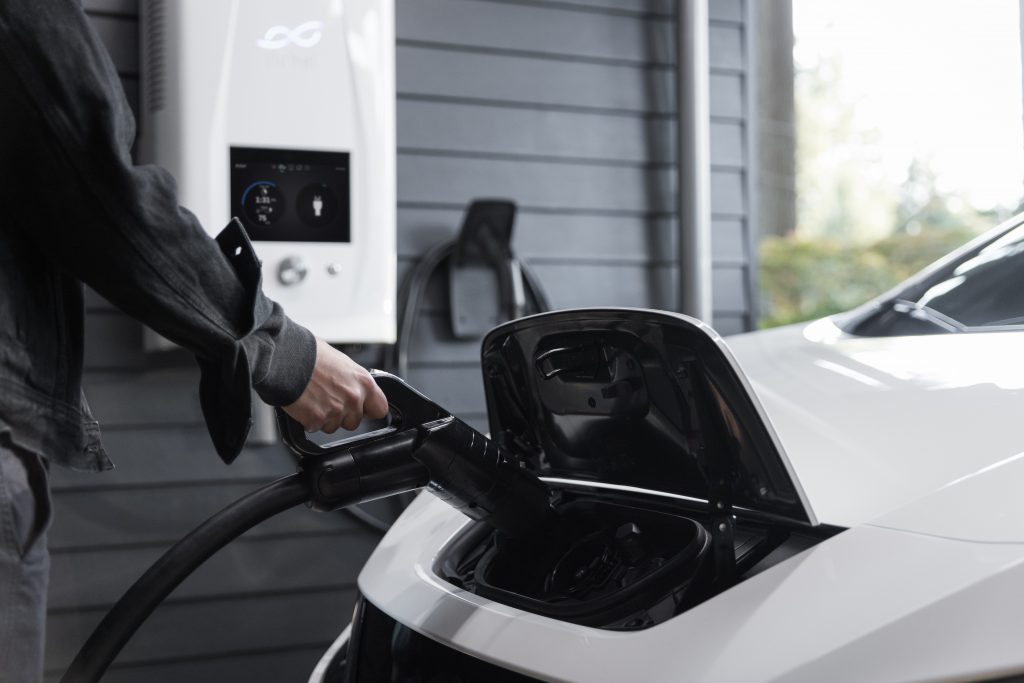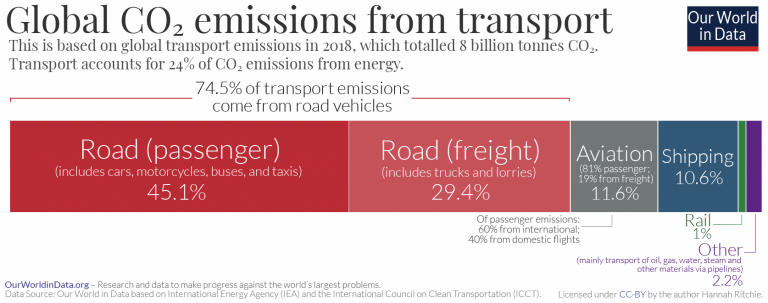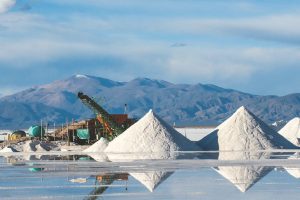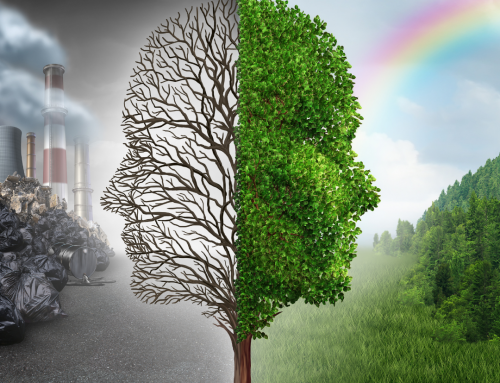
The Electric Vehicle Story
The electric vehicle story is about wholes and parts. Sustainability is about parts and regeneration is about wholes. Regeneration takes a holistic approach to healing the planet, while sustainability focuses on the parts of the system. We are currently taking a sustainability approach to personal transport by just focusing on the electric car. If we were to take a regenerative approach we would look at the complete system that the electric car sits in. So, let’s do that now by starting with the final product.
Electric vehicles (EV) produce no emissions unlike traditional cars that use petrol or diesel as their fuel source. Petrol and diesel is made from crude oil, a fossil fuel which emits carbon dioxide when burned. So, we can feel good when we drive our car knowing that we are not emitting a greenhouse gas. We are not contributing to global warming, air pollution and smog that causes a variety of health issues.
BUT …
If we go back in time, before we took ownership of our EV we will see that there are many other parts of the electric vehicle system that don’t look so rosy. Recharging, manufacturing, raw materials, transport etc
Recharging
How our electric vehicles are recharged makes a difference. A report from the University of Michigan’s Transport Research Institute from 2017 calculated the CO2 emissions from plug-in electric cars depending on the energy sources used to generate the electricity then translated that into miles per gallon.
The results were eye-opening. Electric vehicles recharged from a coal-fired plant produces as much CO2 as a fuel/gasoline-powered car that get 29 miles per gallon. Solar, wind and geothermal sources do far better than electricity that is powered from coal or natural gas. Hydro sources of power performed the best.
In the report Albania was identified as the best performing country, while Australia was down the bottom. How the power is generated to recharge our electric vehicles matters.
Manufacturing
The same logic can be applied to how the vehicles are produced. What is the source of the power the manufacturing plants use to build the vehicles, the batteries and the other components. A 2018 International Council of Clean Transportation (ICTT) report indicated that the country in which the batteries are produced along with battery composition has an impact on emission levels.
How we produce EV’s contributes to the overall environmental impact and should be considered when deciding if EV’s are a better alternative.
Transport
Once the EV’s and their components are manufactured they are transported across the world. How are they transported? What are the emissions of the different modes of transport. In a report from CE Delft the sixteen largest ships emit the same amount of CO2 as all the world’s cars. With transporting accounting for around 1/5 of global CO2 emission, how we move our EV’s from one location to another also has an environmental impact.

Raw Minerals
Building EV’s takes a lot of energy, it also requires several non-renewable resources like lithium and cobalt. These valuable resources are heavily concentrated in a few countries. Close to 50% of the worlds cobalt reserves are in the Democratic Republic of the Congo (DRC), a little over 50% of lithium can be found in China, 80% of natural graphite in China, Brazil and Turkey with 75% of manganese reserves found in Australia, Brazil, South Africa and Ukraine.
While these countries may have the resources for extraction, it is shipped to other countries for processing and refining. Transportation again emits CO2. Demand for these resources will only increase.

Other Impacts

In Chile, lithium mining uses nearly 65% of the water in the country’s Salar de Atamaca region to pump our brines from drilled wells. This impacted local farmers forcing them to relocate due to groundwater depletion and pollution. Leaving the soil contaminated and the environment degraded.
Battery material extraction is also linked human rights violations. According to UNICEF and Amnesty International, around 40,000 children are involved in mining cobalt in the DRC.
Systems Thinking
While electric vehicles are emission free on the road, they still produce and emit a lot of the CO2 that conventional cars do; plus they are also linked to poor human rights conditions. Electric vehicle’s green and human rights credentials will come down to how and where components where made, the source of the electric power and the extraction of non-renewable resources. With advances in power generation and technology they will be the only type of vehicle on the road
The electric vehicles we drive are part of a very large complicated system. We are yet to explore the whole system of transport of which electric vehicles is only one part. What we have explored is the many parts of the EV part. The larger system is transportation, and we have to ask is it a good solution to replace our dependence on fossil fuels to a dependence on earth’s metals. A system is made up of many parts, it is important to start to uncover its many parts so that you can understand their interdependencies and consequences.
Resources For Further Investigation
Comparative Study on Life Cycle CO2 Emissions from the Production of Electric and Conventional Vehicles in China:
https://www.sciencedirect.com/science/article/pii/S1876610217309049
Effects of battery manufacturing on electric vehicle life-cycle greenhouse gas emissions:
https://theicct.org/sites/default/files/publications/EV-life-cycle-GHG_ICCT-Briefing_09022018_vF.pdf
The Basic Facts: How do the emissions of ships and cars really compare?:
Fuel Sources for Electricity in the Individual Countries for the World and the Consequent Emissions from Driving Electric Vehicles:
http://websites.umich.edu/~umtriswt/PDF/SWT-2017-18.pdf
Gravitas Plus: Blood the dark side of Electric Vehicles:
ABC Foreign Correspondent – Blood Cobalt
https://iview.abc.net.au/video/NC2210H003S00
Comprehensive Article from Carlos Zorrilla
Metals Price Rally Could Hamper the Switch to Green Energy
https://www.mining.com/metals-price-rally-could-hamper-switch-to-green-energy-iea/
Photo Credit: dcbel @plugintothesun





